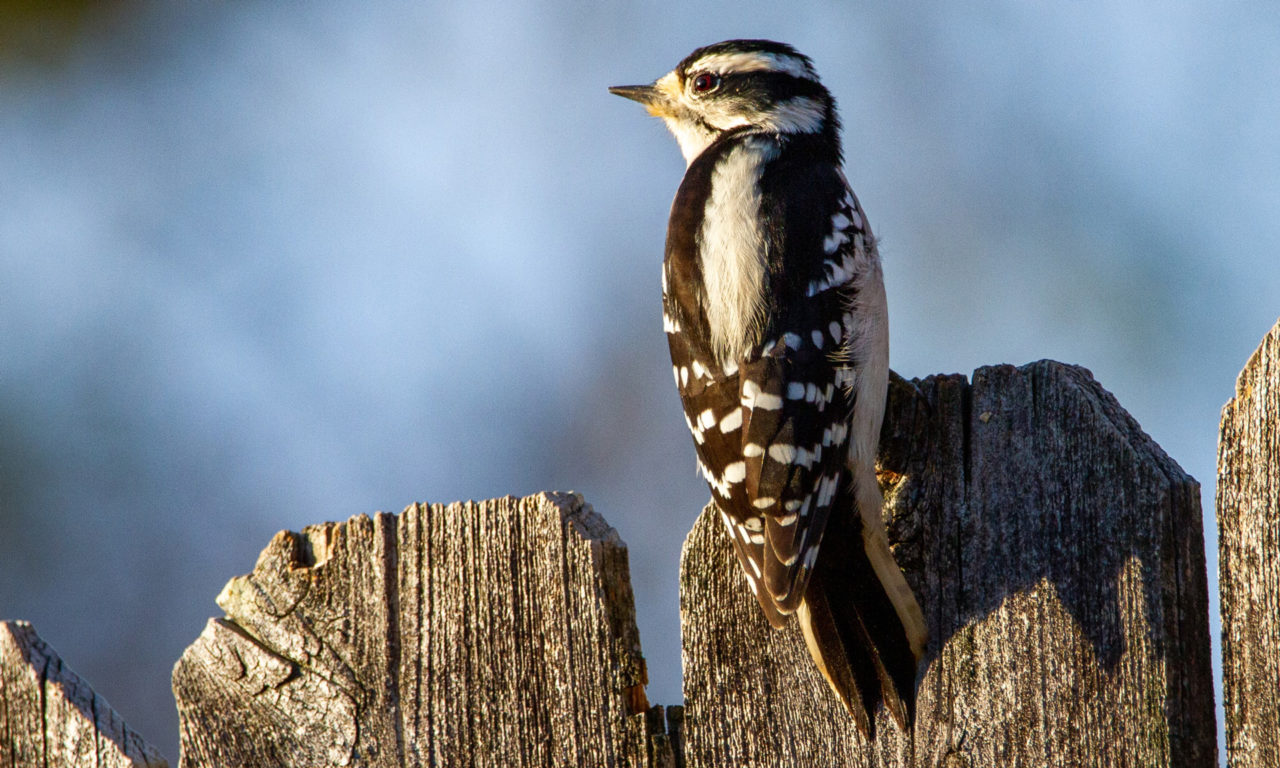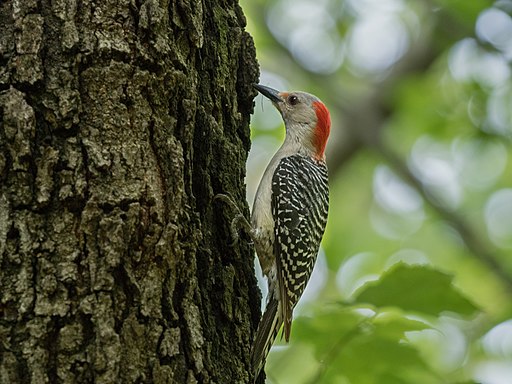Observing Woodpeckers in Florida: Species Diversity and Circulation
Wiki Article
Introducing the Keys of Woodpeckers: Actions, Habitat, and A Lot More
Woodpeckers, with their one-of-a-kind habits and specialized adaptations, have actually long attracted researchers and nature enthusiasts alike. These remarkable birds possess a series of appealing keys that clarified their survival strategies, environment choices, and elaborate communication methods. By uncovering the enigmas bordering woodpeckers' behavior and environment selections, a deeper understanding of these bird marvels arises, offering a look into their remarkable globe. What makes these birds genuinely exceptional, and how do they browse their setting with such precision and ability? Allow's discover the fascinating realm of woodpeckers and decipher the enigmatic information that make them such appealing topics of research study.Woodpecker Habits Insights
In checking out woodpecker behavior, a fascinating screen of specialized abilities and adjustments arises, dropping light on their amazing environmental specific niche - Woodpeckers in Florida. Woodpeckers, recognized for their distinctive drumming on trees, possess a selection of behavior traits that add to their survival and success in their setting. One crucial actions is their drumming, which serves numerous purposes such as communication, establishing region, attracting mates, and locating food sources. This balanced pecking likewise showcases their impressive strength and endurance, as they can hammer away constantly at broadband without creating injury to themselves.Furthermore, woodpeckers show a distinct feeding behavior defined by their capability to extract bugs from tree bark using their specialized beaks. Their long, barbed tongues aid in capturing prey, while their solid neck muscular tissues supply security and accuracy during pecking activities. This feeding approach permits woodpeckers to access concealed insect larvae and remove them with amazing efficiency.
Habitat Preferences and Selection
What variables affect the habitat preferences and selection of woodpeckers? Woodpeckers are highly adaptable birds understood to occupy numerous settings worldwide. Nevertheless, they do show choices for certain habitat features. One crucial element affecting woodpecker habitat choice is the schedule of appropriate nesting sites. Woodpeckers commonly favor woodlands with a mix of mature trees that provide adequate possibilities for dental caries excavation. These dental caries serve as vital nesting and roosting sites for woodpeckers and are necessary for their reproducing success.Additionally, woodpeckers reveal a preference for environments with a plentiful supply of food sources. They are mostly insectivorous, preying on beetles, ants, larvae, and various other insects discovered in rotting wood or tree bark. Woodpeckers check my reference have a tendency to favor wooded areas with a diverse insect populace to satisfy their nutritional demands.
Additionally, the presence of dead or rotting trees is another vital consider woodpecker habitat selection. These trees not only supply food sources however also provide appropriate substratum for dental caries excavation. Dead trees are essential for the upkeep of healthy and balanced woodpecker populations, as they play an essential duty in the woodpeckers' life process and environment dynamics.
Feeding Practices and Diet Composition
Woodpeckers demonstrate a specialized feeding actions concentrated on foraging for insects within various environments. Their diet mostly consists of pests such as beetles, ants, caterpillars, and spiders, which they locate by tapping on tree bark and listening for the sound of motion inside. Woodpeckers use their strong beaks to drill into the timber and their lengthy, barbed tongues to draw out victim from gaps. Along with bugs, woodpeckers additionally take in tree sap, fruits, nuts, and seeds, adding variety to their diet regimen depending upon the season and accessibility of food sources.see
The foraging methods of woodpeckers are well-adapted to their arboreal lifestyle. Woodpeckers play a critical duty in preserving the wellness of forests by managing insect populaces and aiding in the decay of wood.
Drumming Appears and Interaction
Using fast drumming sounds on numerous surface areas, woodpeckers utilize a distinct kind of communication to signify region borders and bring in companions. This drumming actions is not only a way of communication but likewise acts as a way for woodpeckers to establish their existence within a specific area. The intensity, speed, and pattern of the drumming can convey essential information to various other woodpeckers in the location.Woodpeckers utilize drumming noises to reveal their visibility in an area and to warn off prospective burglars. The loud and recurring nature of the drumming works as a clear signal to other woodpeckers that the location is currently declared. This assists in reducing disputes and reducing physical confrontations in between individuals.

Survival Adaptations and Specialized Composition

Final Thought
To conclude, woodpeckers display distinct actions, such as drumming audios for interaction, and have actually specialized makeup for survival in their selected habitats. Their feeding habits and diet composition even more show their adaptability to numerous atmospheres. By recognizing these elements of woodpeckers, researchers and preservationists can much better secure and maintain these fascinating birds and their ecosystems.Report this wiki page